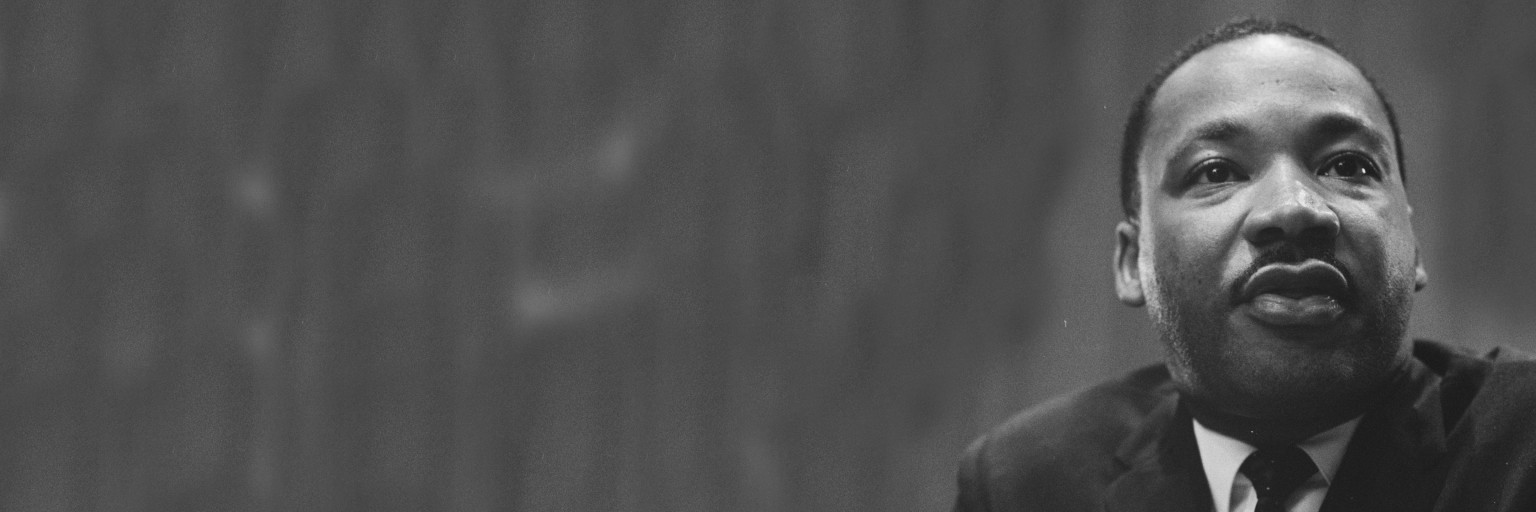Amendment I of the United States Constitution
Congress shall make no law respecting an establishment of religion, or prohibiting the free exercise thereof; or abridging the freedom of speech, or of the press; or the right of the people peaceably to assemble, and to petition the Government for a redress of grievances.
Ratified December 15, 1791
Freedom of Speech is Essential to Democracy
Freedom of Speech not only is fundamental to individuality and autonomy, but it is also essential to self-government in a democracy. Communication of information and expression of dissent are necessary for a government that is for, by, and of the people.
The First Amendment is a restriction on governmental action, “Congress shall make no law … abridging the freedom of speech.” Thus, for First Amendment protections, state action is required, a federal restriction on speech/expression or state restriction on speech/expression (in Gitlow v. New York (1925), the Supreme Court incorporated the First Amendment to apply to the states through the 14th Amendment).
Protected/Unprotected Speech
Under the First Amendment, state/federal restrictions on protected speech are subject to “strict scrutiny,” such that the government must have a “compelling interest” and the restriction must be “narrowly tailored” to serve that interest.
The First Amendment is not absolute and over time, the Supreme Court has determined which speech is protected under it and which is not.
- Protected speech
- Political – pure speech – expressive public concern policy, politicians, ideology, even if hateful
- Commercial speech
- Social speech
- Symbolic speech
- Not speaking
- Right to receive information and to hear
- Remain silent
- Boycotts
- Unprotected speech
- Incitement
- Defamation
- Obscenity
- Fighting words
- Intent to intimidate
Schenck v. United States (1919)
The Supreme Court upheld the constitutionality of the Espionage Act of 1917 and the conviction of those under it for expressing their objections to World War I and the draft. The Court held that speech that presented a “clear and present danger” was not protected under the First Amendment and compared such speech to one falsely shouting “Fire!” in a crowded theater. Learn More
Abrams v. United States (1919)
The Supreme Court upheld the constitutionality of the Sedition Act of 1918, an amendment to the Espionage Act of 1917. The decision is notable for its dissenting opinion by Justice Oliver Wendell Holmes, Jr., who wrote the majority opinion in Schenck v. United States (1919). In his dissenting opinion, Justice Holmes rearticulated his “clear and present danger” test to determine protected/unprotected speech and discussed the value of freedom of speech to the discovery of truth and his marketplace of ideas theory. Learn More
West Virginia State Board of Education v. Barnette (1943)
The Supreme Court struck down a state compulsory flag-salute in public schools as a violation of freedom of speech under the First Amendment. The Court held that freedom of speech also included the freedom not to speak. Learn More
Tinker v. Des Moines Independent Community School District (1969)
The Supreme Court held that wearing armbands in public school was a form of symbolic speech protected by the First Amendment. Students did not abandon their First Amendment rights at the schoolhouse gate, but schools could restrict students’ expression/conduct if it would “materially and substantially interfere” with the school’s operation and pedagogical purpose. Learn More
Brandenburg v. Ohio (1969)
The Supreme Court held that incitement was unprotected speech under the First Amendment, and that such speech constituted incitement if it directly advocated for lawless activity/action that was imminent and likely to occur. Learn More
Texas v. Johnson (1989)
The Supreme Court held that flag burning was a form of symbolic speech and political expression that was protected under the First Amendment. The Court stated, “If there is a bedrock principle underlying the First Amendment, it is that the government may not prohibit the expression of an idea simply because society finds the idea itself offensive or disagreeable.” Learn More
- The Rise of American Power (1890-1920): 11.6 (c)
- World War II (1935-1945): 11.8 (b)
- Cold War (1945-1990): 11.9 (a)
- Social and Economic Change/Domestic Issues (1945-Present): 11.10 (b)
- Foundations of American Democracy: 12.G1 (f)
- Civil Rights and Civil Liberties: 12.G2 (a), 12.G2 (b), 12.G2 (c), 12.G2 (d), 12.G2 (e)
- Rights, Responsibilities, and Duties of Citizenship: 12.G3 (a)
- Political and Civic Participation: 12.G4 (e)
- “Free Speech During Wartime” by David L. Hudson, Jr., under The First Amendment Encyclopedia, posted by The Free Speech Center
- First Amendment Timeline, posted by The Free Speech Center
- “Interpretation & Debate: Freedom of Speech and the Press,” posted by the National Constitution Center
“Tinker v. Des Moines (1969),” including activities and resources for teachers on this case, posted by LandmarkCases.org
“First Amendment: Student Freedom of Speech,” posted by Annenberg Classroom. This video examines the First Amendment rights of students through a discussion of freedom of speech in public schools and the landmark Supreme Court decision in Tinker v. Des Moines (1969), as well as Mahanoy Area School District v. B.L. (2021), concerning off-campus speech of a Snapchatting cheerleader.
“The Bill of Rights and Free Speech” includes two lessons: one on self-government and the other on schools, posted by the Bill of Rights Institute

